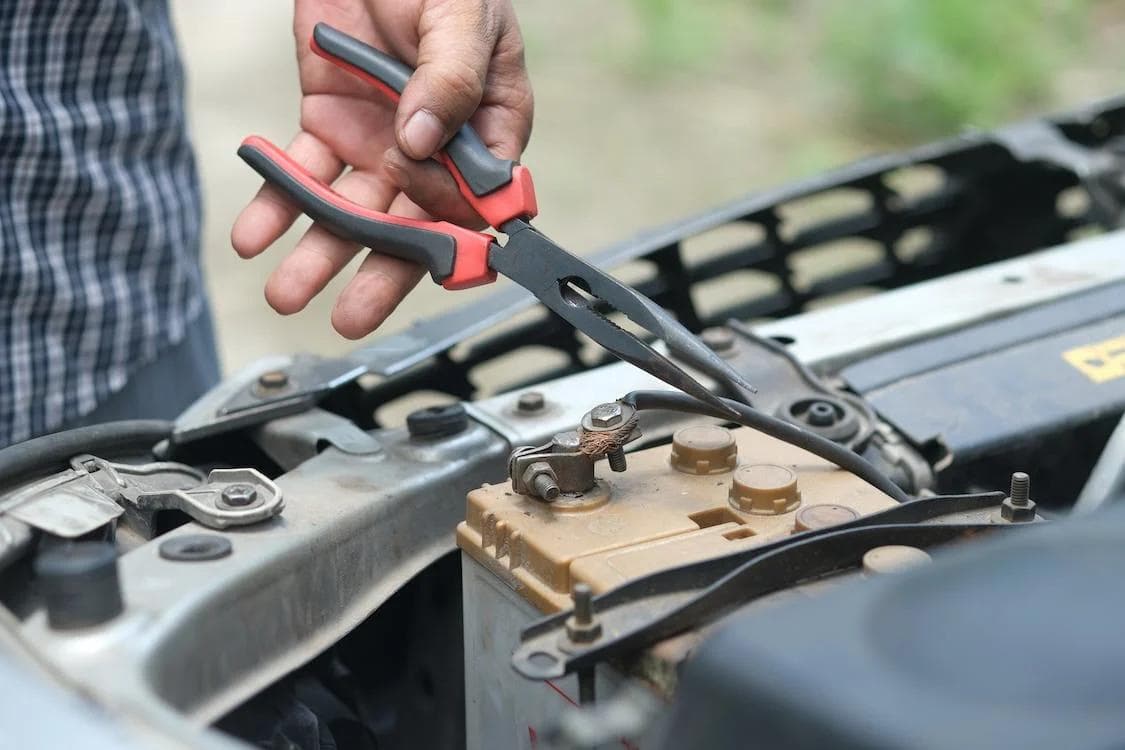A Beginner's Guide to Motorcycle Troubleshooting
Riding a motorcycle is an exhilarating experience, but like any machine, motorcycles can encounter problems. For new riders, understanding how to troubleshoot common issues is essential for safe and enjoyable riding. This guide will walk you through basic motorcycle troubleshooting steps to help you identify and fix common problems.
Understanding Your Motorcycle
Before diving into troubleshooting, familiarize yourself with your motorcycle's manual. It's your go-to resource for specific information about your model, including maintenance schedules, specifications, and troubleshooting tips.
Common Motorcycle Problems and Solutions
1. The Motorcycle Won't Start
This is a common issue that can be caused by several factors:
- Dead Battery: Check if the headlights are dim or not turning on. Use a multimeter to check the battery voltage. If it's below 12 volts, it might need charging or replacing.
- Fuel Issues: Ensure there's fuel in the tank. Check the fuel valve (if applicable) is in the correct position. If the motorcycle has been sitting for a long time, the fuel may have gone bad.
- Spark Plug Problems: Remove and inspect the spark plug. A dirty or damaged spark plug can prevent the engine from starting. Replace if necessary.
2. Engine Overheating
Overheating can be dangerous. If you notice the temperature gauge rising or steam coming from the engine, pull over safely and turn off the engine.
- Coolant Level: Check the coolant level when the engine is cool. Refill if it's low.
- Radiator Blockage: Ensure the radiator is clean and unobstructed. Dirt and debris can prevent proper cooling.
- Oil Level: Low oil levels can cause overheating. Check and top up the oil if needed.
3. Poor Performance and Fuel Efficiency
If your motorcycle feels sluggish or you're noticing a decrease in fuel efficiency, consider the following:
- Air Filter: A dirty air filter can restrict airflow to the engine. Check and clean or replace the air filter.
- Tire Pressure: Incorrect tire pressure can affect performance. Check and adjust the tire pressure according to the manufacturer's specifications.
- Chain Tension: An improperly adjusted chain can cause poor performance. Ensure the chain is correctly tensioned and lubricated.
4. Brakes Not Working Properly
Brakes are critical for safety. If they feel spongy or less effective:
- Brake Fluid: Check the brake fluid level and top up if necessary. If the fluid is dirty or old, it may need to be replaced.
- Brake Pads: Inspect the brake pads for wear. Replace them if they're worn beyond the recommended limit.
When to Seek Professional Help
While many issues can be resolved with basic troubleshooting, some problems require the expertise of a professional mechanic. If you're unsure about a repair, if the problem persists after your attempts to fix it, or if the issue involves the motorcycle's electrical system, it's best to seek professional assistance.
Conclusion
Motorcycle troubleshooting is a valuable skill that can save you time and money, and enhance your riding experience. By understanding common problems and how to address them, you can keep your motorcycle in top condition and enjoy the road with confidence. Remember, always refer to your motorcycle's manual for specific guidance and don't hesitate to consult a professional when needed. Safe riding!
